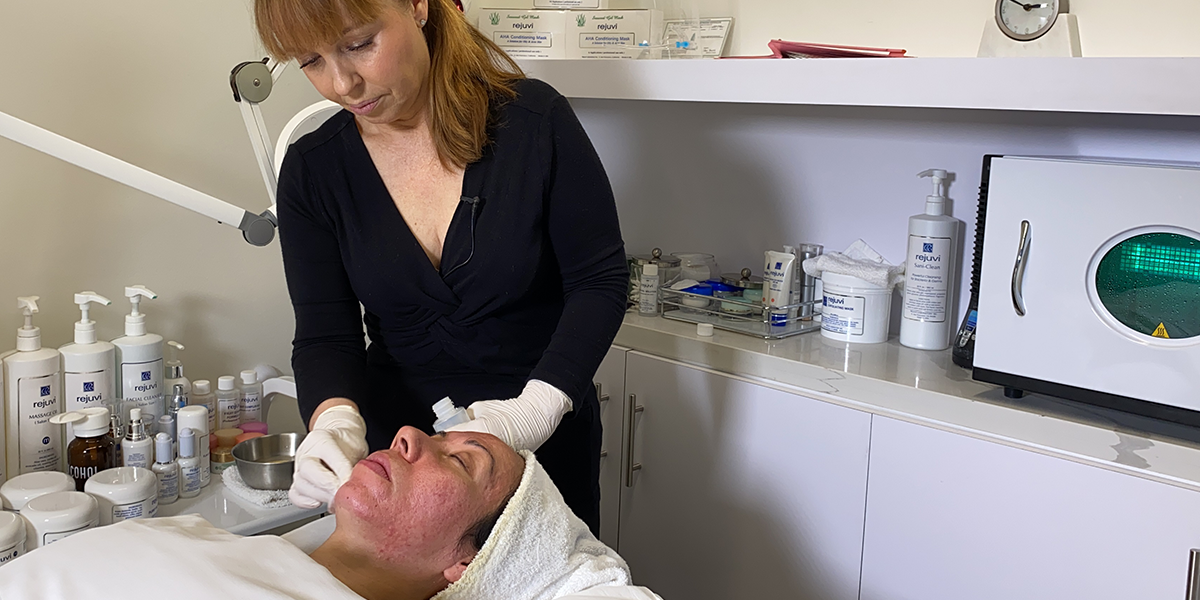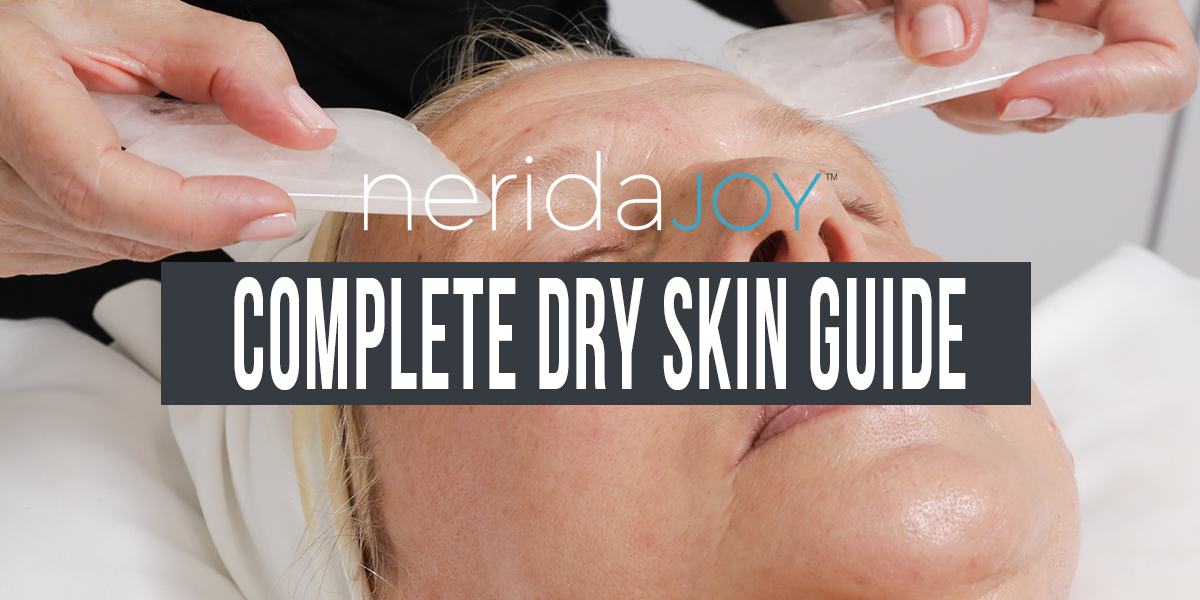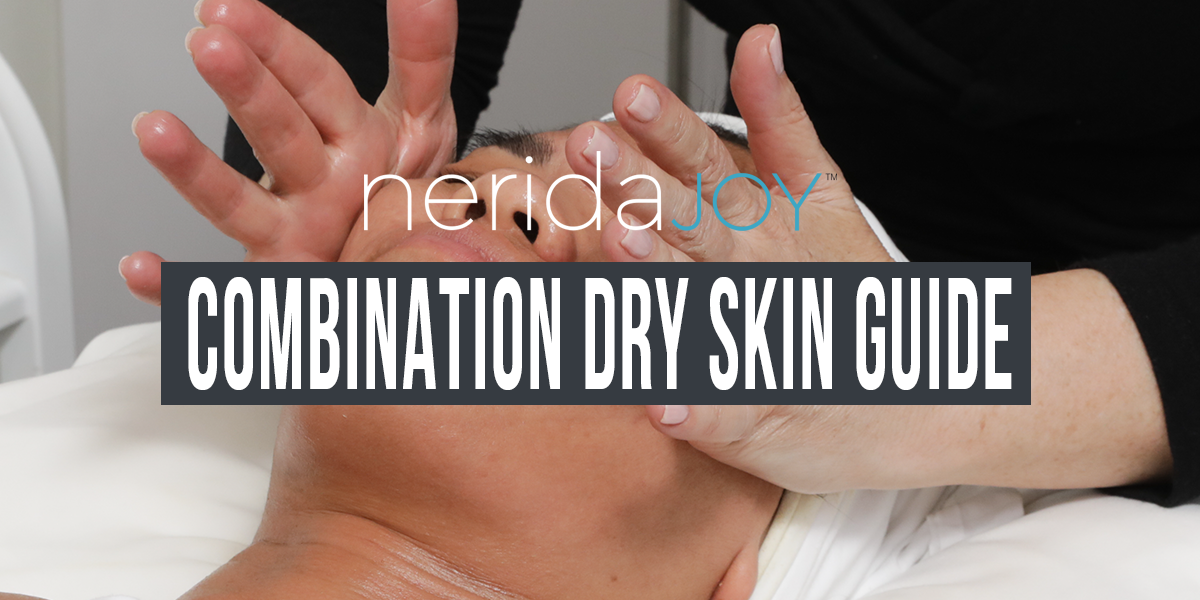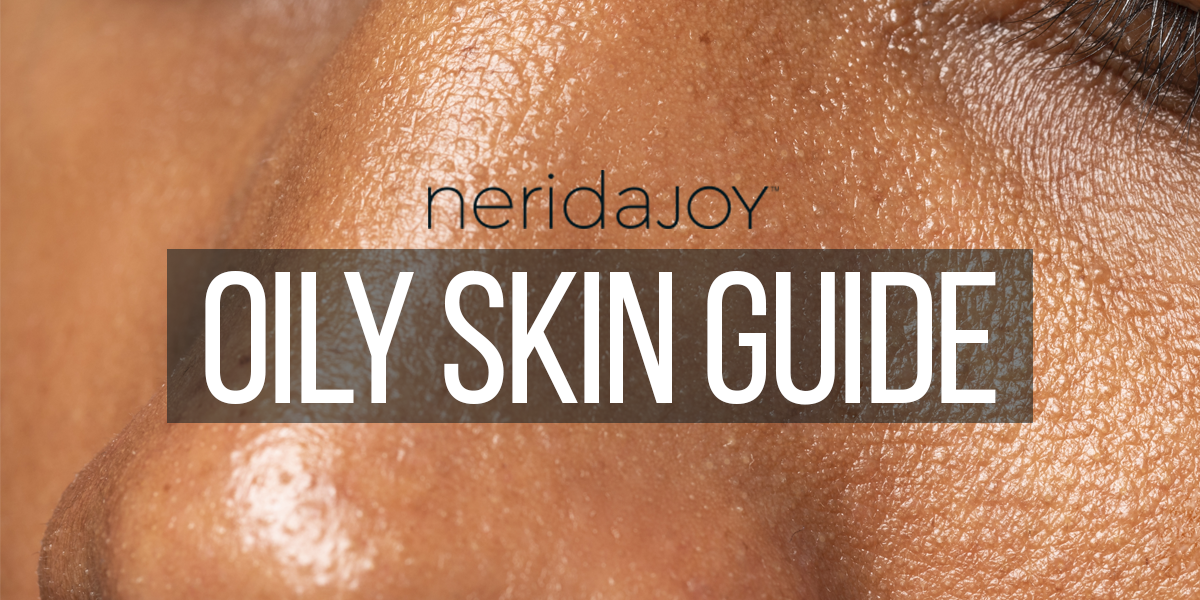You can’t change your skin type, but your sub-conditions – the concerns like acne, hyperpigmentation or wrinkles that affect your skin –can be addressed through lifestyle consistency and making improvements to your health, product regimen and facial treatments.
What are the underlying causes of sub-conditions?
Sub-conditions describe how the skin is influenced by the environment, your location, the products you use, your age, any medications or illnesses, your diet, lifestyle, and procedures.
Environment
This covers both seasonal changes and whether you live in a humid or a dry climate.
Location
Describes where you live in the world, such as a city or a rural region, an area of high or low altitude, how much pollution there is where you live and the condition of the ozone layer.
Products
This refers to when you have used the wrong products or application methods for your skin type and/or current skin condition.
Age
Has to do with how our skin ages. For instance, there are three kinds of wrinkles: premature, which can be addressed with products; wrinkles caused by the breakdown of collagen and elastin as we age, where active products with alpha hydroxy acids (AHAs) or retinols can slow down this process; and expression wrinkles, which can be softened with different treatments.
Medications/illness
These can cause sensitivity to sunlight and to active ingredients in your skincare products, as well as affecting the skin’s circulation and heightening inflammation in the body. Different medications can also make the skin dry and photosensitive.
Diet
A poor diet means that both your skin and the organs in your body aren’t getting the nutrients they need. Your diet can also affect your hormones and so exacerbate conditions such as hormonal acne.
When people have allergies to foods, their body doesn’t assimilate fats well, which shows up as congestion on the skin. Foods can also cause inflammation, leading to ruddiness and dilated capillaries. Finally, when histamine levels are high in the body, it can affect the skin coloring and fluid build-up, such as puffiness or darkened circles under the eyes and ruddy cheeks.
Lifestyle
Refers to how you take care of your mental, physical and spiritual self. Stress, anxiety, depression, worry and fear all affect the skin by making it flat, dull and lifeless. Physical health relating to the skin means keeping your lymphatic system moving. Your body is made up of roughly 70% water and it is said that whenever a stream is moving, it stays clean.
When it becomes still, it becomes rancid and sluggish. Movement is medicine – you can keep your lymphatic system moving by walking briskly while swinging your arms back and forwards, or bouncing on a rebounder.
Spiritual well-being is personal, but any harmony within yourself creates flow, self-love and acceptance, which can bring confidence and an inner glow.
Procedures
When procedures such as peels, lasers or micro-needling go too deep too quickly, it forms scar tissue that gives the skin a waxy, blotchy and unnatural appearance.
How many sub-conditions are there?
Here are the 14 main sub-conditions that affect the skin:
Surface dryness
Using the wrong cleanser will dry, irritate or strip the outer layer of your skin, causing a painfully tight and squeaky-clean feeling as well as fine dehydration lines that make your skin look older. This surface dryness acts as a barrier that traps oil and congestion inside the pores and keeps your treatment products from being absorbed into the skin’s deeper layers, where they’ll do the most good.
A very common issue, any skin type can be surface dry, even those that are oily and acne-prone. Switching to a gentle non-foaming gel or gelée cleanser will clear up surface dryness, leaving the skin feeling soft and supple.
Food-related congestion/milia
As it’s our largest organ of elimination, issues caused by food sensitivities can show up on the skin long before we experience any other symptoms. Food-related congestion typically presents as bumps under the skin that are deeper and harder to extract than the whiteheads arising from ineffective cleansing.
Commonly caused by the body’s reaction to dairy, gluten, egg yolks, soy milk, fish oils or peanuts in your diet, they usually appear first in the mid-cheek area and will then spread down towards the jawline, although they can also be found on the forehead.
Milia are small, fatty balls that appear on the skin. They’re mostly caused by the body not digesting fatty food, but can sometimes form when occlusive products such as Vaseline suffocate the skin.
Congestion bumps and whiteheads
Felt more on the surface of the skin than the deeper bumps of food-related congestion, this type of acne is caused by an inconsistent or ineffective cleansing regimen that leads to the build-up of dirt and grime, make-up and sunblock. The bumps can be found anywhere on the face and have a white head that is more easily extracted.
Dull/flat/lifeless skin
Dull skin looks flat in color, may be blotchy, and has lost its ‘bounce’. It can be perked back up by consistently following a good homecare regimen designed to brighten the skin and repair its deeper layers.
Hormonal cystic acne and nodules
Hormonal acne is marked by stubborn bursts of large nodules across the face, neck, chest or back that are always painful to the touch. Incredibly common at all ages, it’s caused by hormonal imbalances in the body and can be exacerbated by certain foods, lifestyle choices and stress.
Pimples: pustules and papules
Unlike hormonal acne, papules are a build-up of infection that is not painful. They will eventually develop a white head, which is when they become pustules. They are often caused by excess oil and can also be seen with rosacea, dermatitis or inflammation in the body that shows as irritation on the skin. While they frequently appear in the T-zone, they can be seen anywhere on the face.
Blackheads
Blackheads are caused by excess oil. On an oily skin type, you’ll find them covering the whole face: cheeks, forehead, chin, nose and even inside the ears. They’re more likely to be found mainly in the T-zone on a combination/oily skin, while combination/dry skin may have just a few blackheads, mostly on the nose and chin rather than the forehead or cheeks. A dry skin type will typically have no blackheads at all.
Wrinkles
There are several different types of wrinkles. Premature wrinkles such as dehydration lines caused by surface dryness or resulting from sun damage will clear up once the skin is properly hydrated.
A mature skin that is lacking in tone will often show wrinkles caused by a loss of collagen and elastin as well as expression lines, especially around the eyes, mouth and on the forehead. These can be lessened and made less deep but, unlike dehydration lines, cannot be removed entirely.
Large pores
These are simply pores that have become noticeably enlarged and visible. They’re often caused by not cleansing properly or not being consistent with your skincare regimen, which allows bacteria, dead cells and sebum to build up inside the pores and stretch them out. A lack of elasticity in the skin can also create the same effect.
Sun damage
Brown spots caused by sun exposure can be lightened or faded completely with the right treatment plan paired with regular daily application of a physical sunblock of at least SPF 40.
Hyperpigmentation
Hyperpigmentation and melasma present as brown blotchiness on the face that mostly appears on the forehead, cheekbones and around the mouth. More complicated and harder to treat than typical sun damage, it’s caused not only by sun exposure but also hormonal changes or harsh chemical facial procedures.
Dry, flaky skin
Dry skin has smaller-sized pores with no sign of blackheads. The skin feels tight and in constant need of moisture and nourishment. Skin that remains flaky may also have eczema, dermatitis or psoriasis, which can all cause a ruddy, dry, flaky skin. While these sub-conditions can be complicated, they can be calmed and soothed with the right products. You may also benefit from treatment prescribed by a doctor or dermatologist.
Rosacea
Rosacea presents as inflamed skin with red bumps and even tiny pustules. It often occurs when you are in your thirties, and flare-ups can be exacerbated by stress, hormones or certain foods. As with dermatitis and eczema, the best course of action for rosacea is a gentle homecare regimen using products designed to soothe the skin and calm the redness. A consultation with a doctor or dermatologist may also be helpful.
Couperose
Commonly caused by poor circulation, smoking or sun damage, couperose is when dilated blood vessels cluster close to the surface of the skin around the nose and cheeks. It can also result from an injury to or surgery around the nose area, inflamed sinuses or excessive sneezing caused by allergies such as hayfever, or any build-up of pressure.







